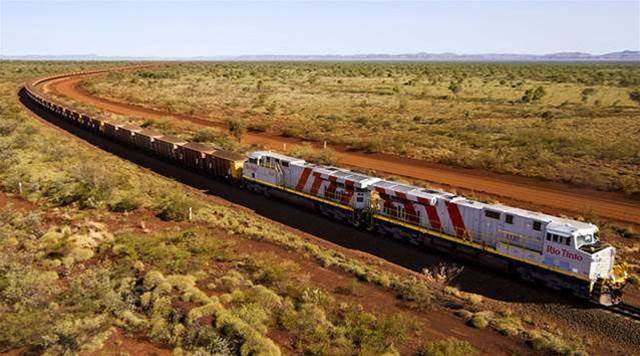
Rio Tinto expects to have 180 autonomous trains running on its 1500km Western Australian rail network when the first locomotives are put into action this year.
The miner's $518 million AutoHaul automation project seeks to build the world’s first fully autonomous, heavy-haulage, long-distance railway network. The company first announced its plans in 2012.
Rio Tinto's 1500km rail network in the Pilbara region of WA connects its 15 mines and three port facilities in the state.
"When you are the first mover, we are constantly learning, and we have," Andrew Harding, chief executive of iron ore said in a speech yesterday.
Harding said the AutoHaul trains - which are forecast to be operational this year - would eliminate the need for around 70,000km of remote area driving each week.
According to Rio Tinto's engineering procurement and construction management partner for the project, Calibre Global, AutoHaul will involve new on-board systems, additional signalling, enhanced asset protection systems, and additional level crossing protection.
Rio Tinto will also need to upgrade its data network and modify work stations at its Perth-based operations centre to operate the AutoHaul network.
The miner ran a manned trial of an autonomous train last year to test the operation of the locomotives on an initial run on the Hammersley line.
Once Rio Tinto has completed the remainder of the software required to get the trains fully automated, the company expects to be able to grow its iron ore business to produce 360 million tonnes a year by 2017.
The miner has forecast the project will deliver "significant safety benefits" as well as the ability to boost capacity during rapid expansions without having to buy additional trains.
"We can all see the transformation that technology and automation is making, which is making us a very different company from a decade ago," Harding said yesterday.




_(22).jpg&h=140&w=231&c=1&s=0)




_(26).jpg&w=100&c=1&s=0)

 iTnews Executive Retreat - Security Leaders Edition
iTnews Executive Retreat - Security Leaders Edition










_(1).jpg&h=140&w=231&c=1&s=0)



